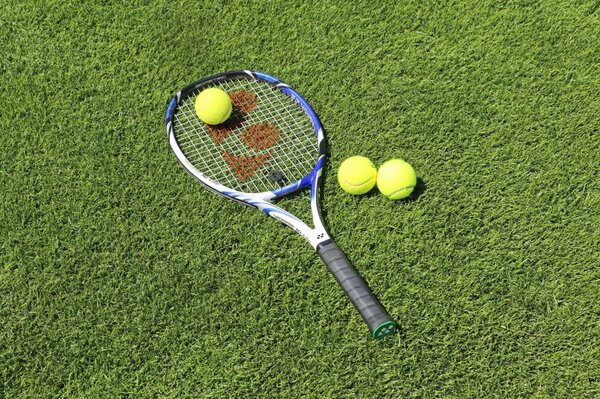It’s that point in the calendar when summer sports groundskeepers are planning their upcoming renovations.
These surfaces have no doubt been subjected to vast amounts of wear coupled with irregular weather patterns over the past months.
Over-seeding is an essential task to maintain the high standards required at these facilities.
The seed mixtures of choice for such renovations (and repairs) rely heavily on Perennial Ryegrasses. The majority of which are 100% Perennial Rye mixtures.
So, what are the consequences of not reintroducing desirable species?
Swards predominately dominated with Perennial Rye will become invaded by Poa annua if no remedial action is taken. It is a continuous battle. A fight we are all involved with. We are all aware of the importance to remove thatch/organic matter that has accumulated throughout the season. This is even more evident on unused or barely used surfaces. This reduction of thatch will reduce issues for next season and aid with Poa annua removal.
So, let us take a closer look at Perennial Rye and Annual Meadow Grass. The benefits, the pros and cons and why we choose the species we do.
Perennial Rye Lolium perenne is the most prominently used species within sports that demand a hard wearing playing surface. i.e. Cricket, Tennis, Winter Sports and Equestrian. This is due to its many favorable characteristics it displays whilst being very visually appealing. It is quick to germinate, quick to establish and quick to recover. Also, very importantly it is a low thatch producer. Ultimately, its defining feature is its ability to withstand high volumes of wear.
A seemingly endless list of cultivars has been created, with an average timespan of 16 years from the initial cross breeding of parent plants through to harvesting. During this time each cultivar will endure many trials and testing with only the best going on to be grown and harvested for use in sports turf.
1) Distinct. Display at least one characteristic which differs from other varieties.
2) Uniform. Individual plants must be genetically identical within its variety.
3) Stable. Characteristics must remain after propagation and multiplications.
These DUS standards must be met during testing over a two-year period.
To emphasize the point, Perennial Rye has had significant investment in trials and research which has led to it becoming a very desirable species to use within sports turf.
On the contrary, Annual Meadow Grass Poa annua is a truly ‘wild’ species that has not been bred/cultivated to maximize characteristics or traits. It is a weed species that invades amenity turf.
Shallow rooting, high thatch production, poor drought and disease tolerance and unsightly seed heads. It has the ability to continuously replace dying plants with new ones from seed. It is largely seen as the enemy.
(From a purely botanical point of view, a certain amount of respect should be shown to the survival ability of Poa annua)
Perennial Rye is proven to be the most successful species in out-competing Poa annua. It is also the biggest component of sward appearance and performance. Poa annua will always attempt to invade the best maintained sward yet alone the turf that has laid untouched!
